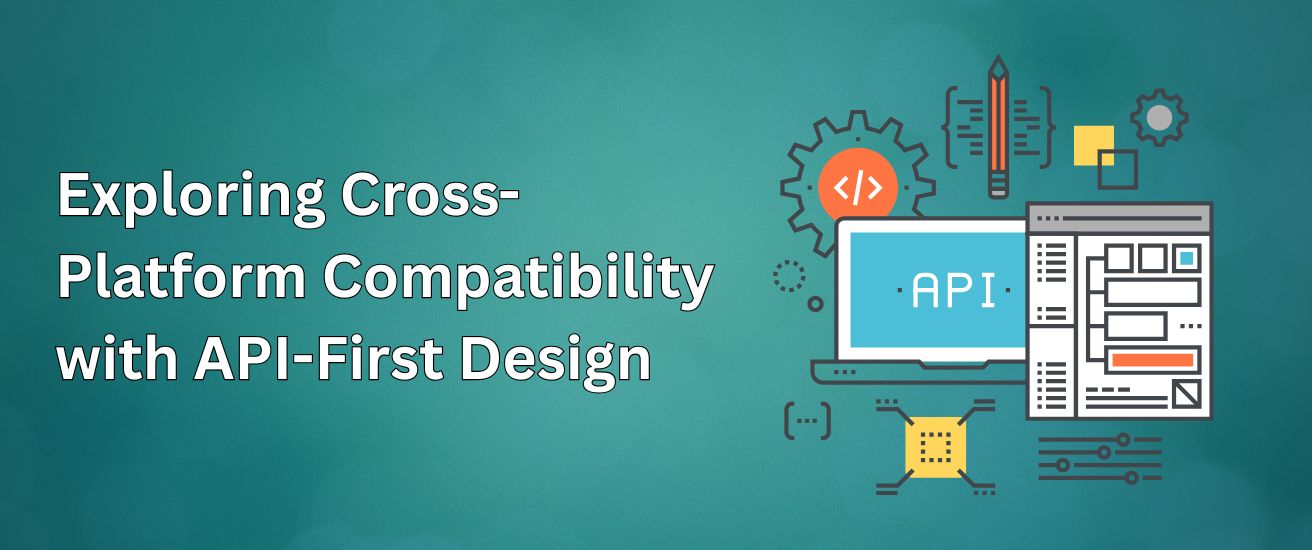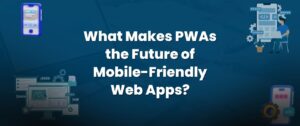Exploring Cross-Platform Compatibility with API-First Design

Introduction
In today’s hyper-connected digital environment, building applications that work flawlessly across platforms isn’t just a nice-to-have—it’s a necessity. From mobile devices and desktops to smart TVs and wearables, users expect seamless experiences. And to meet these demands, developers are embracing a modern and efficient approach: API-First Design.
This blog post explores how API-first development supports cross-platform compatibility, offering developers and businesses a roadmap to faster development, better scalability, and consistent user experience across devices.
Why Cross-Platform Compatibility Matters
Imagine a user starts reading a blog on their tablet, continues on their phone, and finishes on a laptop. The experience needs to be smooth and uninterrupted. Cross-platform compatibility ensures that your application behaves consistently no matter where it’s being used. It enhances customer satisfaction, boosts retention, and ultimately drives growth.
But achieving this harmony is challenging without the right architectural approach. That’s where API-first comes into play.
The Rise of API-First Development
API-first development is not just a trend—it’s a paradigm shift. Instead of coding the backend and bolting on an API later, developers first design the API and then build the app around it. This approach aligns perfectly with the demands of cross-platform development because it creates a central interface that can be consumed by different platforms independently.
Understanding Cross-Platform Compatibility
At its core, cross-platform compatibility means the ability of software to operate on various devices and operating systems without modification. Developers typically aim to write code once and deploy it everywhere, minimizing duplicated efforts.
However, challenges such as inconsistent performance, UI discrepancies, and platform-specific bugs can complicate things. These hurdles call for a streamlined development process—and API-first provides just that.
What is API-First Design?
API-first design is all about treating the API as a first-class product. Before writing any line of backend code, developers define the API contract—what endpoints exist, what data they accept, and what they return. This contract becomes the foundation upon which frontend and backend teams can work in parallel.
Unlike the code-first model, where APIs are often an afterthought, API-first prioritizes the interface. The result? A more consistent, maintainable, and scalable system.
The Role of API-First in Cross-Platform Development
Here’s where it gets exciting. With API-first:
- You gain standardization. Every platform—be it Android, iOS, web, or even IoT—consumes the same API structure, reducing inconsistencies.
- Scalability becomes second nature. You can build new apps or services using the existing API without touching the core logic.
- Speed to market improves. Since front-end and back-end teams can work simultaneously using mock APIs, development accelerates dramatically.
This approach breaks down silos and enables true agile development across teams and platforms.
Real-World Applications and Use Cases
Many successful tech giants have implemented API-first strategies to power cross-platform experiences:
- Mobile & Web Integration: Think of platforms like Spotify or Slack—users get a consistent experience across devices, all thanks to robust APIs.
- IoT Devices: Smart home systems rely on APIs to connect various devices—like thermostats, lights, and voice assistants—across brands and platforms.
- SaaS Platforms: Many B2B platforms use APIs to let clients integrate custom tools and dashboards, expanding functionality without rebuilding the core product.
Benefits of API-First for Developers and Businesses
For developers, API-first means clean documentation, mock data for testing, and less waiting on backend changes. For businesses, it translates to faster rollouts, easier onboarding for third-party developers, and a modular architecture that’s easier to maintain and scale.
It also promotes reusability—your mobile app, web portal, and even smartwatch companion can pull from the same data source, reducing development time and effort.
Best Practices for Implementing API-First Design
To get the most out of API-first, consider these tips:
- Define API contracts early: Start with clear documentation and define the structure using OpenAPI or Swagger.
- Use mock servers: Tools like Postman or Stoplight let front-end developers work with simulated responses, saving time.
- Keep testing continuous: Automate tests to ensure the API behaves as expected and updates don’t break existing functionality.
Tools and Frameworks Supporting API-First Approach
There’s a growing ecosystem of tools designed for API-first workflows:
- SwaggerHub and Stoplight for API design and documentation
- Postman for testing and mock servers
- GitHub Actions, Jenkins, or CircleCI for automating CI/CD pipelines with APIs
These tools empower teams to maintain version control, track changes, and test APIs under real-world conditions before launch.
Common Pitfalls to Avoid
Despite its benefits, API-first development can falter if not done right. Watch out for:
- Skipping versioning: APIs evolve. Without version control, you risk breaking integrations.
- Lack of documentation: A well-designed API is useless if nobody knows how to use it.
- Overly tight coupling: Keep your services independent. Avoid binding your API too closely to a specific platform or tech stack.
The Future of API-First and Cross-Platform Development
Looking ahead, the marriage of API-first design with trends like microservices, headless CMS, and serverless architecture will become even more crucial. Additionally, AI-driven API testing and code generation tools are streamlining workflows, making development smarter and faster.
As businesses continue to expand across devices and touchpoints, API-first design will remain a key pillar in achieving seamless, scalable, and secure digital experiences.
Conclusion
In a world where users bounce between platforms more than ever, API-first development has emerged as the smartest path to true cross-platform compatibility. It brings structure to chaos, speed to deployment, and consistency across devices. Whether you’re building a SaaS platform, a mobile app, or an IoT solution—adopting an API-first mindset can be a game-changer.
Now is the time to shift from monolithic thinking to modular design. If you’re not designing your systems around APIs, you’re building a digital presence that’s bound to hit walls.
Ready to build scalable, cross-platform apps with ease?
👉 Let Codeed Inc. help you implement API-first strategies for your next project.
Contact us today to future-proof your digital ecosystem.
FAQs
Q1: What is the difference between API-First and Code-First?
API-First means defining your API before writing application code, whereas Code-First builds the API as a byproduct of the application, which can lead to inconsistencies and slower integration.
Q2: Can API-First design help speed up product development?
Yes! It allows front-end and back-end teams to work in parallel using mock APIs, reducing delays and improving coordination.
Q3: What tools are best for API-First architecture?
Popular tools include SwaggerHub, Postman, Stoplight, and CI/CD integrations like GitHub Actions or Jenkins.
Q4: How does API-First ensure platform independence?
By creating a consistent and standardized interface, any platform—mobile, web, desktop—can interact with the backend without needing platform-specific logic.
Q5: Is API-First only useful for large-scale applications?
Not at all. Even small projects benefit from clear structure, better testing, and faster iterations that API-first design brings.
Table of Content
 5.0
5.0
Unlock your new design team today
Get a team of skilled professionals and all the benefits that come with top-grade in-house designers—for a flat fee.
Book a free call


